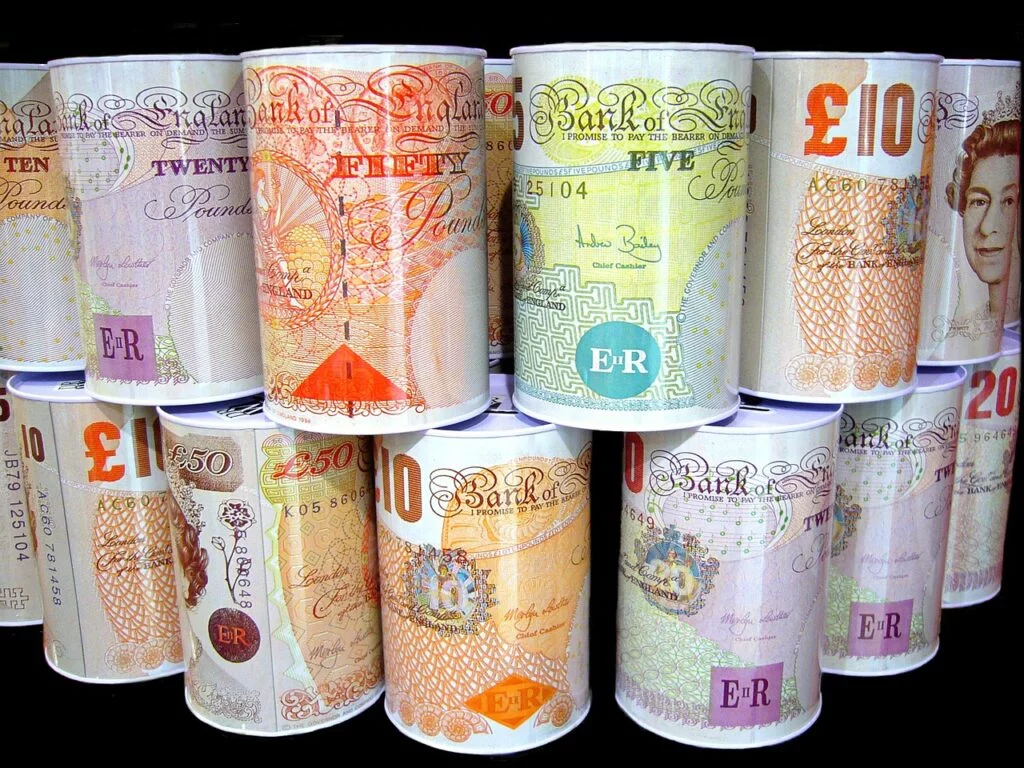SPONSORED CONTENT
Moving money between the UK and Norway doesn’t have to cost a fortune. Here’s how to avoid high bank fees and bad exchange rates by using a smarter transfer method.
When I moved from the UK to Norway in 2011, I made a rookie mistake that cost me hundreds of pounds.

I needed to transfer a large sum from my British bank account to my new one in Norway. At the time, I didn’t think twice. I used my UK high street bank.
The money arrived safely, but when I looked at the exchange rate and the transfer fee, my stomach sank. Between the poor conversion rate and extra charges, I lost a substantial amount. That’s money that would’ve been far better spent furnishing my new apartment or simply easing the transition into life abroad.
Back then, there weren’t many alternatives. Today, thankfully, that’s no longer the case.
Why Send Money Between the UK And Norway?
There are many reasons why people need to move money across the North Sea. You might be relocating to Norway for a new job or study opportunity and want to bring your savings with you.
Or perhaps you’re living in Norway long term and need to send money back to the UK to support family or maintain financial ties. Some people transfer money to buy property, pay off loans, or simply to take advantage of better exchange rates.
International Money Transfers: If you’re about to send money between the UK and Norway, stop! Check how much you could save with CurrencyFair before using your bank.
And of course, the process works in both directions. Plenty of Norwegians or dual nationals need to move money the other way—from kroner to pounds—perhaps to invest, study, or live in the UK.
Whatever your motivation, one thing is clear: how you transfer the money can make a big difference to how much you end up with.
Why Banks Are No Longer The Best Option
For a long time, banks were the default option for international transfers. They were convenient, and there wasn’t much public awareness about how much those transfers actually cost. But hidden fees and poor exchange rates often leave people with far less than expected on the other side.
The reality is that banks take a significant margin on the exchange rate—effectively giving you fewer pounds for your kroner, or vice versa. On top of that, they often charge high fees, particularly for international SWIFT payments.
And then there’s the speed. Bank transfers can take several business days, especially if the money is crossing borders and currencies.
This isn’t just a minor inconvenience. If you’re transferring a large amount (say, a deposit for a flat or the proceeds of a property sale) the difference can be in the hundreds or even thousands of pounds.
What To Use Instead: CurrencyFair
After years of living in Norway and trying different options, one service I regularly recommend is CurrencyFair. It's a trusted alternative that allows you to move money internationally without the excessive charges.
Here’s why CurrencyFair is worth a look:
✅ Competitive Exchange Rates: CurrencyFair uses a peer-to-peer marketplace, which means you can often get a much better rate than the one your bank offers. You can even set a desired rate and wait until someone matches it.
✅ Low, Transparent Fees: There’s a small, flat transfer fee (typically around €3) and a modest margin on the exchange rate—far lower than what most banks charge.
✅ Fast Transfers: Once your money is received, transfers are usually completed within one or two business days.
✅ Easy To Use: Everything happens online, either in your browser or via the mobile app. You don’t need to visit a branch or fill out complicated forms.
✅ Regulated and Secure: CurrencyFair is fully licensed and regulated by the Central Bank of Ireland and uses secure protocols to protect your data and your money.
How Much Could You Save?
Let’s put this into context. Imagine you’re sending 20,000 Norwegian kroner to the UK. With a regular Norwegian bank, your recipient might receive around £1,410.
Using CurrencyFair, they could receive closer to £1,475. That’s around £65 more, just from choosing a better transfer method.
Now scale that up. If you’re transferring 500,000 kroner, say, from the sale of a home or as part of a move back to the UK, you could be looking at a difference of more than £1,200.
That’s not pocket change. That’s a month’s rent, a flight home, or a decent contribution to your savings.
The Bottom Line
Living between two countries comes with its share of logistical headaches. But sending money shouldn’t be one of them.
Whether you’re a new expat settling into life in Norway or someone preparing to return to the UK after years abroad, taking a few minutes to choose the right transfer method can make a big financial difference.
I learned that the hard way when I moved here over a decade ago. You don’t have to.
CurrencyFair offers a fast, secure and much cheaper way to move money across borders. If you're preparing for a transfer, take a moment to compare your options—because keeping more of your own money is always worth it.


I used currency fair after finding your page in 2022 but it seems they will no longer exchange in NOK?
Unless I’m doing something wrong now??
It seems NOK is still available as far as I can see. But if not, you could try Wise.com as an alternative.
By the way finding your page and input saved me a couple of thousand pounds when transferring equity from property sale in the UK so thank you.
Great to hear!